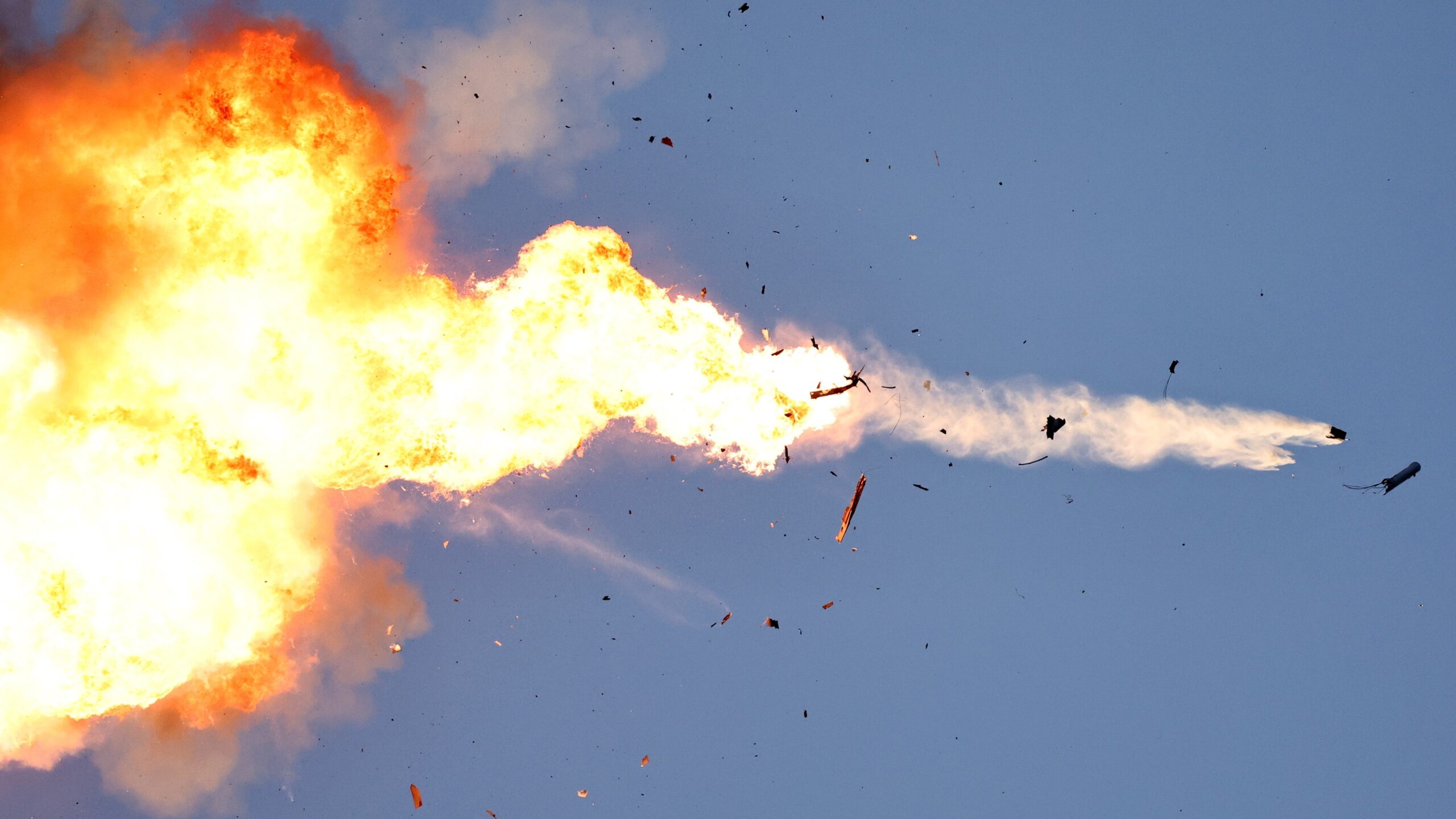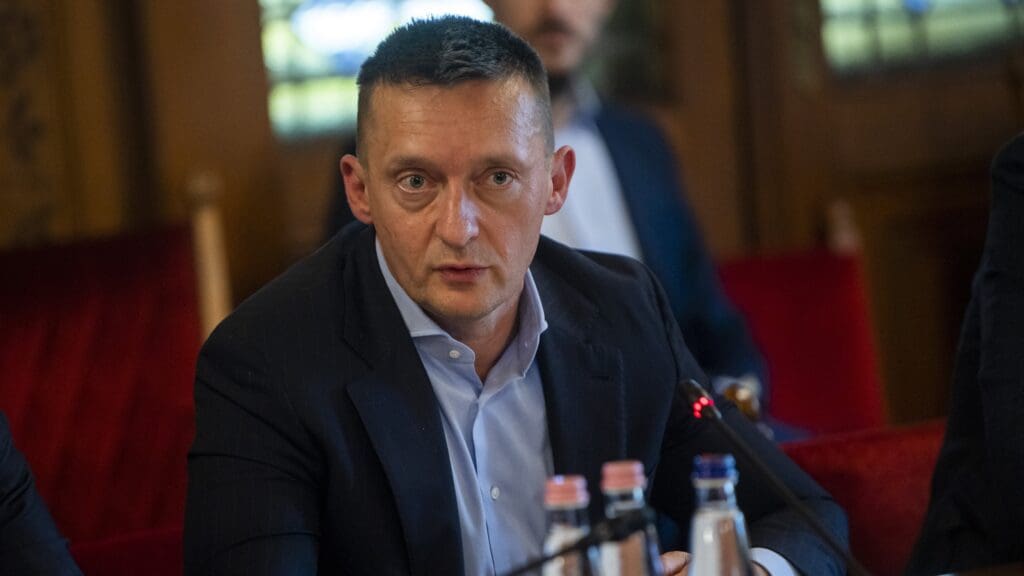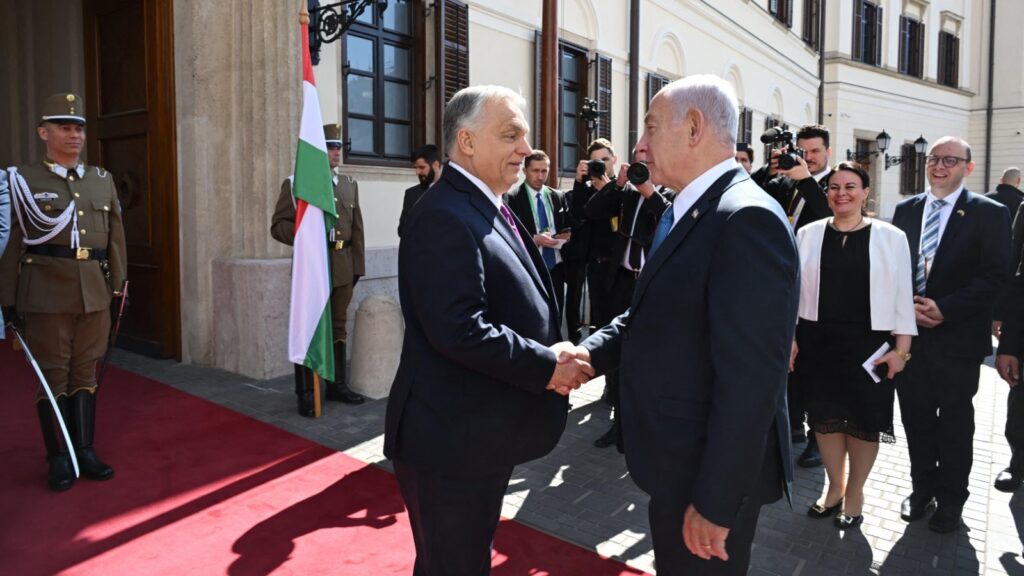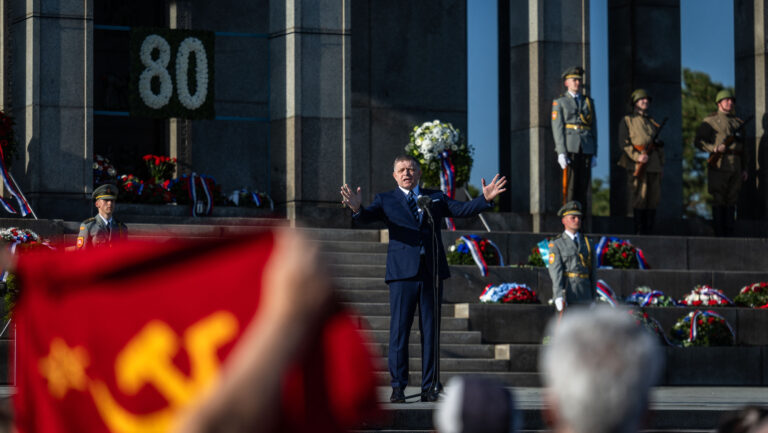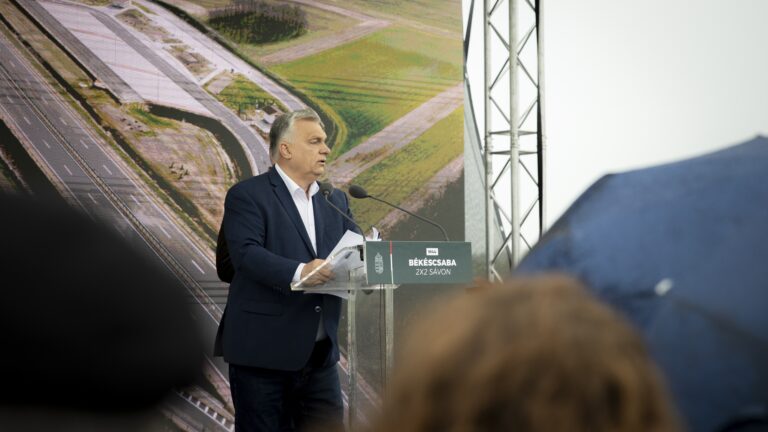On the morning of 25 August 2024 Israel launched a pre-emptive strike on Hezbollah targets in southern Lebanon, after the Israeli Defense Forces (IDF) detected preparations for a large-scale attack by the terror group. Israeli airstrikes targeted Hezbollah’s rocket launchers, many of which were embedded in civilian areas, to thwart an imminent barrage of rockets and missiles directed at northern and central Israel. The IDF claimed to have neutralized thousands of these launchers, averting a potentially devastating attack.
‘Before dawn, we identified Hezbollah preparations to carry out launches against the north and centre [of Israel]. Some 100 Israeli Air Force fighter jets pre-emptively struck to remove the threats,’ IDF Spokesman Rear Adm. Daniel Hagari said in a video statement.
‘Hezbollah planned to launch hundreds of rockets at the north of the country and drones at central [Israel]. We removed a larger threat, likely a future threat in some areas, with an emphasis on the rockets at northern Israel,’ Hagari underlined, adding that the strikes took place in around 40 areas of southern Lebanon.
The concept of pre-emptive defensive strikes has long been part of Israeli military doctrine
and has been used on several occasions in the event of certain intelligence information that an attack on Israel is being prepared.
In retaliation, Hezbollah unleashed an attack involving hundreds of rockets and drones against northern Israel, targeting both military bases and civilian areas. The Shiia militant group stated that this offensive was part of a broader retaliation for the assassination of one of its senior commanders, Fuad Shukr, in a previous Israeli strike on Beirut.
Hezbollah announced it launched more than 320 rockets at Israel during the attack, along with several drones. However, the IDF communicated that some 210 rockets and 20 drones were launched towards Israel.
Despite the intensity of the exchange, the IDF reported that its air defence systems intercepted a significant number of Hezbollah’s missiles. No IDF bases were damaged in the attack, and none of the Hezbollah drones hit central Israel, though some Israeli towns experienced rocket impacts. No Israeli casualties have been reported.
The escalation has raised concerns of a broader conflict in the region, as Israel declared a 48-hour state of emergency and placed restrictions on public gatherings and transport across the northern regions. Both sides have signalled that further actions may be taken, with Israeli Prime Minister Benjamin Netanyahu vowing to protect the nation at all costs, while Hezbollah indicated that their response to ‘Israel’s provocations’ was only beginning.
Lebanon’s caretaker Prime Minister Najib Mikati held an emergency meeting calling to implement Resolution 1701, referencing the UN decision that ended the Second Lebanon War between Israel and Hezbollah in 2006 and stipulated the creation of a demilitarized zone between Israel’s northern border and the Litani River in Lebanon.
In the absence of the enforcement of the resolution, Hezbollah has effectively overrun southern Lebanon,from where Israel’s northern settlements are under attack.
Since 7 October Hezbollah has been attacking Israel on a daily basis at the northern border
to divide the attention and resources of the Israeli political and military leadership waging war against Hamas in Gaza.
he terror group’s missile and drone attacks indiscriminately hit civilian and military targets and cause serious forest fires, effectively turning the border areas between the two countries into a war zone. The number of Hezbollah attacks, which have become a daily occurrence, now exceeds 1,300, leaving at least 60,000 people still unable to return to their homes in northern Israel.
The Lebanese terror group has recently threatened Europe as well. In a TV interview in May, the leader of the Iran-sponsored militia threatened to send the 2 million refugees in Lebanon, mostly Syrians, to Europe, creating a refugee crisis on the continent.
Two months ago Hezbollah threatened Cyprus that it would consider the island nation a belligerent if it opened its ports and airports to Israel in the event of an all-out war between the two sides. The terrorist leaders’ threat came as in recent years Cyprus and Israel have conducted several joint military exercises which Israel has used to prepare for a multi-front war and for fighting Hezbollah.
During his visit to Beirut in January this year Hungarian Minister of the Foreign Affairs and Trade Péter Szijjártó warned that Hezbollah must be made to withdraw from the Lebanon–Israel border, otherwise there is a serious danger of a major escalation of the conflict.

